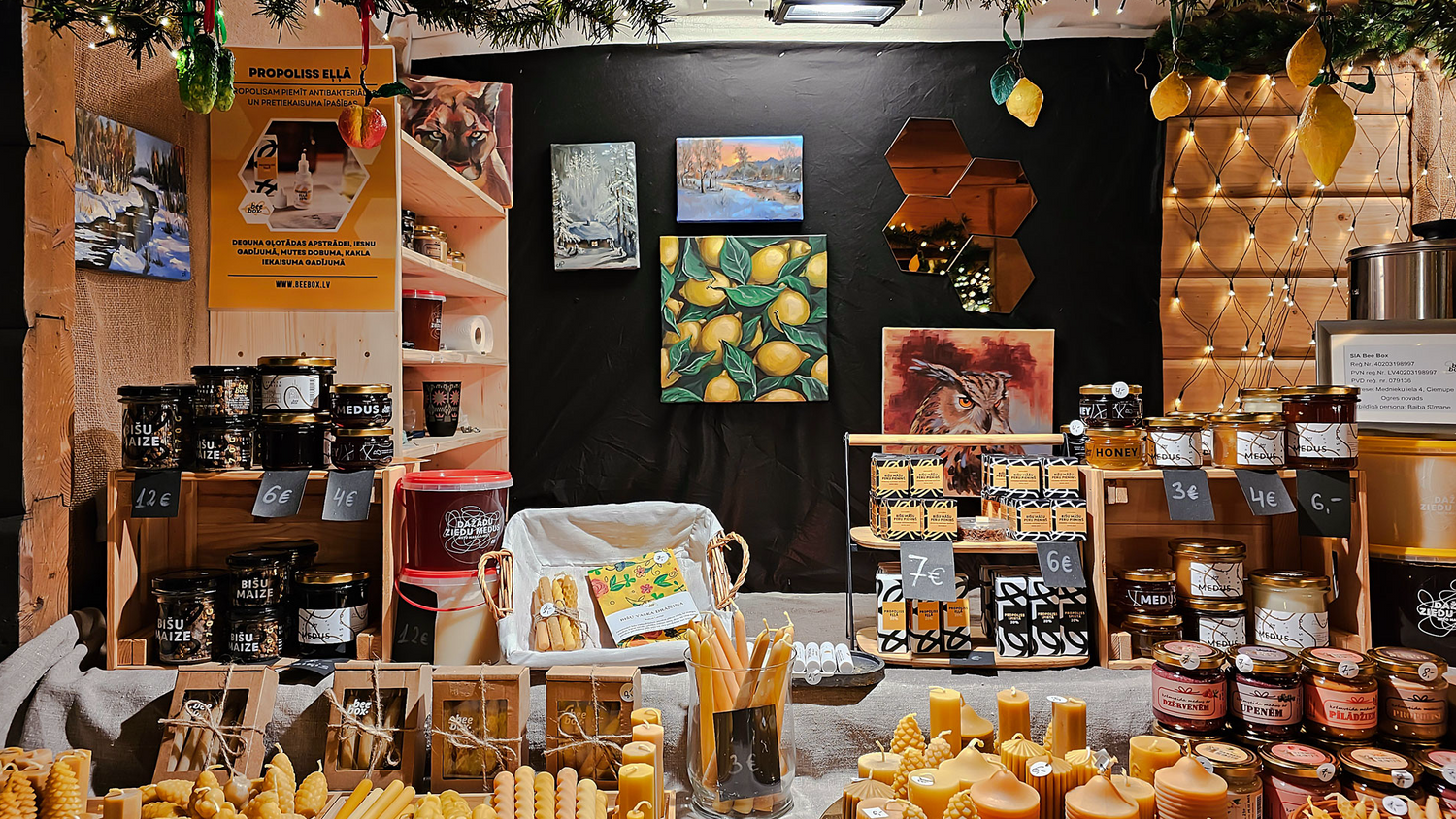What’s up to all of our friends in the community! Welcome to “Urban Beekeeping: How City Dwellers are Embracing Honey Production,” brought to you by the Honey House Team. As we dive into the fascinating world of beekeeping, keep in mind that the art of beekeeping is vast, and our goal is to educate and inspire everyone—whether you're new to beekeeping or a seasoned expert!
Bees in the City? Yes, It’s a Thing!
Surprising as it may be, urban beekeeping is very real. While this may seem like a new trend, the roots of urban beekeeping date back to ancient civilizations. In fact, ancient Egyptians kept bees in cylindrical hives made from unbaked mud. Fast forward to today, and this timeless practice has evolved with modern tools, making it more accessible for city dwellers.
Let's explore the growing trend of urban beekeeping and how city dwellers are embracing sustainable honey production.
Why Are Bees So Important?
Bees are the unsung heroes of the ecosystem. Not only do they produce the honey we love, but they also play a crucial role in pollinating plants. This natural process is essential for the reproduction of plants and ensures the survival of numerous species. Farmers and urban gardeners alike rely on bees to improve the growth and quality of their crops.
Beyond environmental benefits, bees provide a limitless supply of honey and valuable byproducts like beeswax, propolis, and royal jelly. Honey is renowned for its medicinal properties, while beeswax and other byproducts are used in industries like cosmetics, sealants, and even waterproofing materials.
Bees are essential to the balance of nature and human life, making it vital to support and protect them—whether in rural farms or urban settings.
The Rise of Sustainable Urban Agriculture
As concerns over climate change and food security grow, people are increasingly focused on how and where food is produced. Urban agriculture, including urban beekeeping, is emerging as a sustainable solution to these challenges. Countries like the United States, the UK, Canada, Australia, and Japan are promoting urban farming initiatives.
Urban beekeeping is now recognized as a sustainable practice that supports biodiversity and food security. Ecologists encourage this form of beekeeping to enhance city ecosystems and promote sustainable living.
What is Urban Beekeeping?
Urban beekeeping is the practice of keeping and caring for bees in a city environment. Surprisingly, cities can offer excellent conditions for bees, with diverse nectar sources from parks, roadside trees, and even balcony flower boxes. Urban bees are also less exposed to the pesticides commonly found in industrial farming areas.
This form of beekeeping blends agriculture with urban living, raising awareness about the importance of bees in maintaining resilient, ecologically balanced cities.
The Benefits of Urban Beekeeping
Urban beekeeping is more than just honey production—there are numerous other benefits:
- Pollination of Urban Farms: Urban farms and gardens depend on bees for pollination, which is vital to food systems. Without bees, these systems face collapse.
- Connecting City Dwellers to Nature: Bees offer urbanites a way to reconnect with nature without leaving the city. Community-driven beekeeping projects bring the feel of rural environments to urban settings.
- Education and Environmental Awareness: Urban beekeeping initiatives educate communities about the importance of bees and encourage sustainable practices to protect the environment.
- Ecosystem Health Monitoring: Bees serve as bioindicators, helping scientists study the effects of climate change and urbanization on ecosystems.
- Economic Development: Urban beekeeping can create local business opportunities. Honey and bee byproducts offer new revenue streams for local markets, specialty stores, and even online platforms.
Challenges of Urban Beekeeping
While urban beekeeping offers many benefits, it also comes with challenges:
- Beehive Placement: Finding suitable spots for hives in crowded cities can be tricky. Rooftops are a common solution, but not all property owners are on board with sustainable initiatives.
- Habitat Loss: Urban development often encroaches on green spaces that bees need to thrive. As cities grow, finding bee-friendly areas becomes increasingly difficult.
- Human-Bee Interaction: Human activities, like using aerosols, can interfere with bees' communication and contribute to colony collapse. Urban beekeepers must be mindful of this delicate balance.
- Pest and Disease Management: Cities can be breeding grounds for pests and diseases that threaten bee populations. Urban beekeepers need to take extra precautions to protect their colonies.
Takeaway
At Honey House, we’re excited about the growth of urban beekeeping! Everyone should have the chance to experience the joys of beekeeping, no matter where they live. We hope you enjoyed this deep dive into urban beekeeping. If you have any questions or know of urban beekeepers in your area, reach out to us! We’d love to hear from other members of the beekeeping community.










